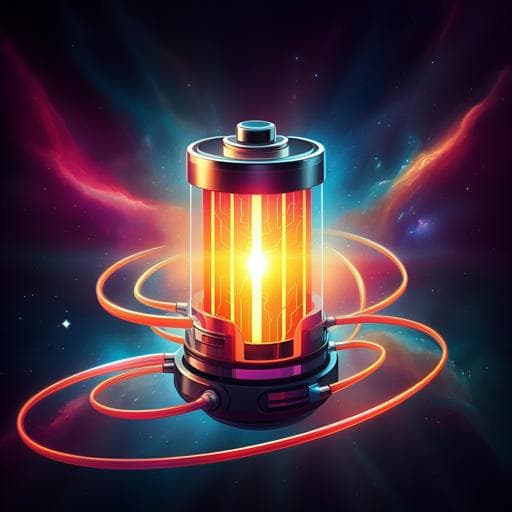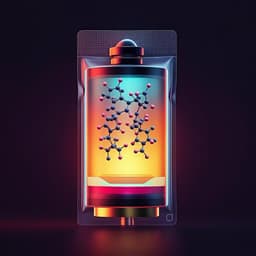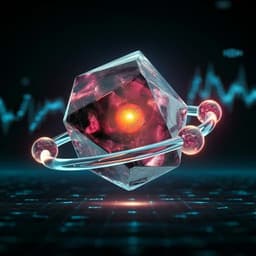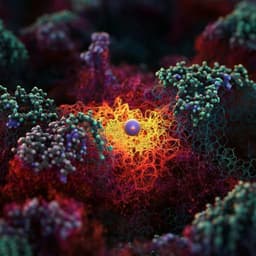
Chemistry
Fluorinated ether electrolyte with controlled solvation structure for high voltage lithium metal batteries
Y. Zhao, T. Zhou, et al.
This innovative research by Yan Zhao, Tianhong Zhou, Timur Ashirov, Mario El Kazzi, Claudia Cancellieri, Lars P. H. Jeurgens, Jang Wook Choi, and Ali Coskun introduces DTDL, a groundbreaking solvent for lithium metal batteries that achieves unprecedented electrochemical stability and lithium-ion solvation, ensuring high performance over numerous cycles. Discover how this could revolutionize battery technology!
~3 min • Beginner • English
Related Publications
Explore these studies to deepen your understanding of the subject.







